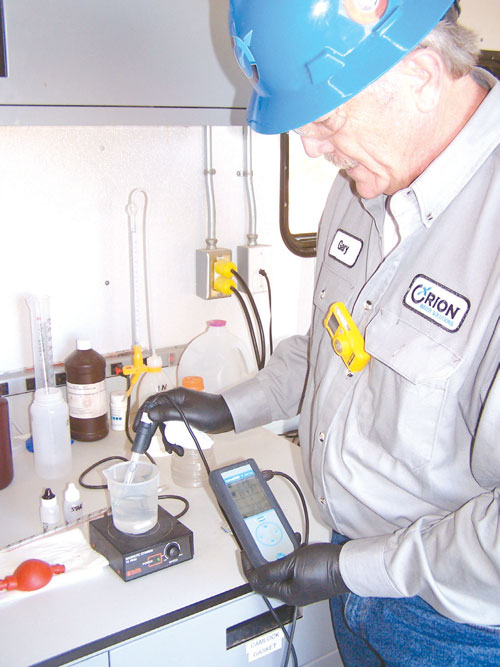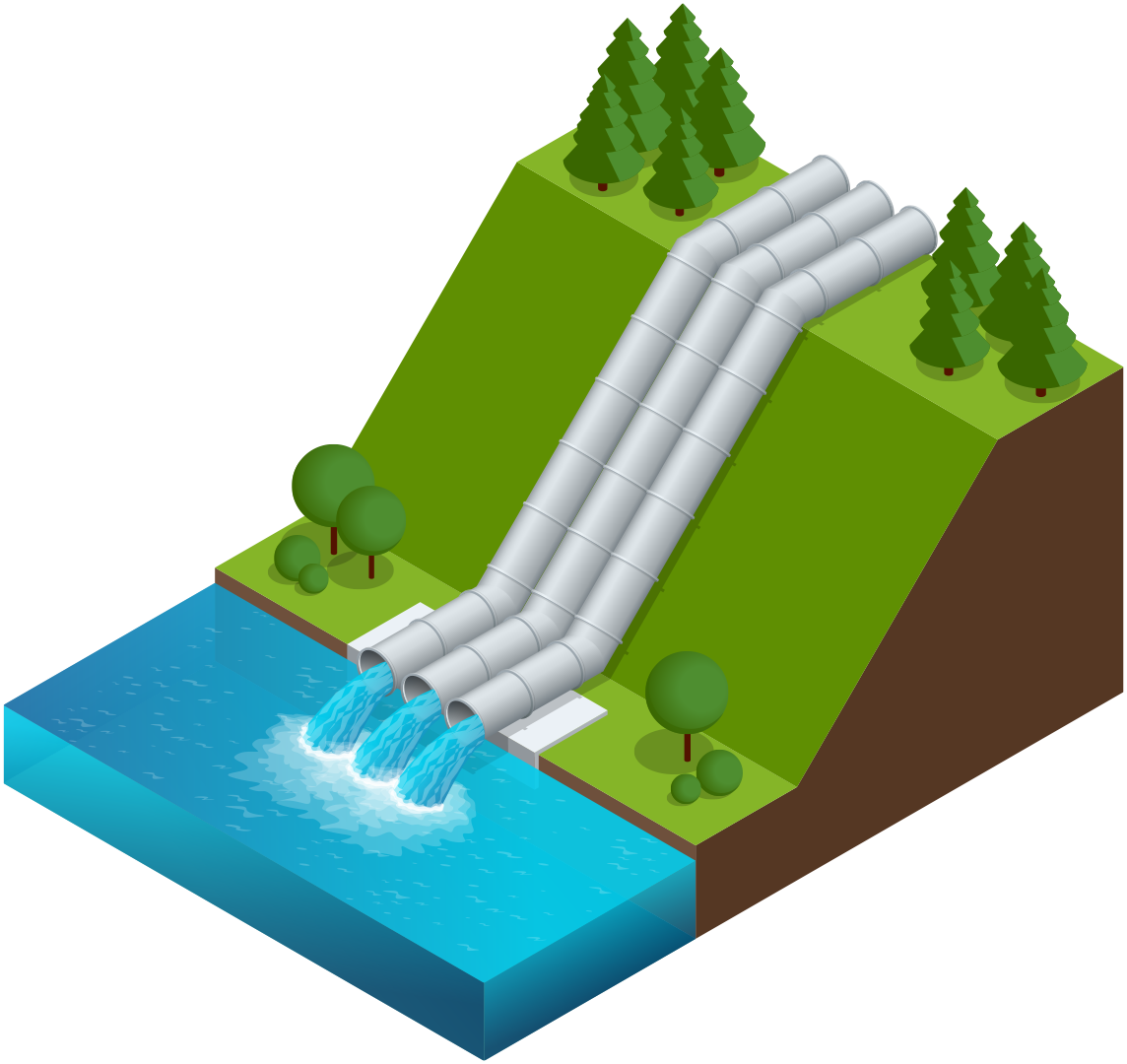
With the growth in use of chlorine dioxide as a biocide in the treatment of frac water, there has been an equal growth in certain myths about ClO2 in regards to safety and alleged corrosiveness.
Orion Water Solutions’ Warren Sumner says ClO2 is much more effective and fast-acting than traditional biocides, and that the myths are not true with proper preparation and injection.
Myth #1: Chlorine Dioxide is Dangerous. Untrue, when properly handled. There are two main methods of generating ClO2 in the field—the two-precursor method and the three-precursor method.
In the two-precursor method, concentrated sulfuric acid and Purate™, a patented blend containing sodium chlorate, are pumped into a mixing chamber in carefully controlled amounts.
The three-precursor method uses 15 percent hydrochloric acid, bleach, and sodium chlorite. This method is commonly used in municipal drinking water plants for its effectiveness and safety.
Here’s the key: instead of pumps, Orion uses an eductor and the venturi effect to create suction to draw the three precursors into the mixing chamber.
Why is this important? This way, ClO2 only flows into the pipe when water is flowing, to dilute it to a safe level and keeps control of the blend ratio between the three precursors.
This keeps the CLO2 at a safe and stable concentration of less than 3,000 ppm, and proper mix ratios assure that there’s no excess chlorine.
Plus, chemical lines whose flow is activated by suction instead of pressure are less likely to spring a leak and are less susceptible to being mixed incorrectly upon pump failure.
One method of making ClO2 should never be used in the oil patch. It uses “dry” sodium chlorite which is highly reactive. Mis-handling of this product was linked to an oilfield fatality awhile back.
Myth #2: Chlorine Dioxide is Corrosive to frac iron. ClO2 is less corrosive than an equally effective amount of bleach or peroxide.
ClO2 is used in many municipal applications instead of chlorine. When properly dosed and monitored, says Orion’s SVP of Operations and Technology, Gary Griesenbeck, the ClO2 residual, at the blender, is typically 1 – 4 ppm. That is only a few ppm higher than what is used in municipal plants that treat drinking water for public consumption. Because Orion closely monitors ClO2 levels, it is highly unlikely that any measurable corrosion could be attributed to ClO2.
ClO2 is less corrosive than many of the substances it treats—such as produced water containing high chloride levels, acid producing bacteria, sulfate-reducing bacteria, hydrogen sulfide, iron sulfide and more.
Sumner adds, “We’ve treated millions of barrels with ClO2 across many different pressure pumpers and not one has ever said our ClO2 was inducing corrosion in their frac iron.”
ClO2’s advantages are many. Precision dosing based on real-time feedback limits the amount of chemical used to only what is needed and enables dosage adjustments when water quality changes on the job.
Risk/Reward: ClO2 when properly handled, as Orion does, makes the risk almost non-existent, but the rewards are many: better treatment, less chemical used (reduced cost) and cleaner wells.
Call us today at (432) 219-8100.
Contact Us.

Recent Comments